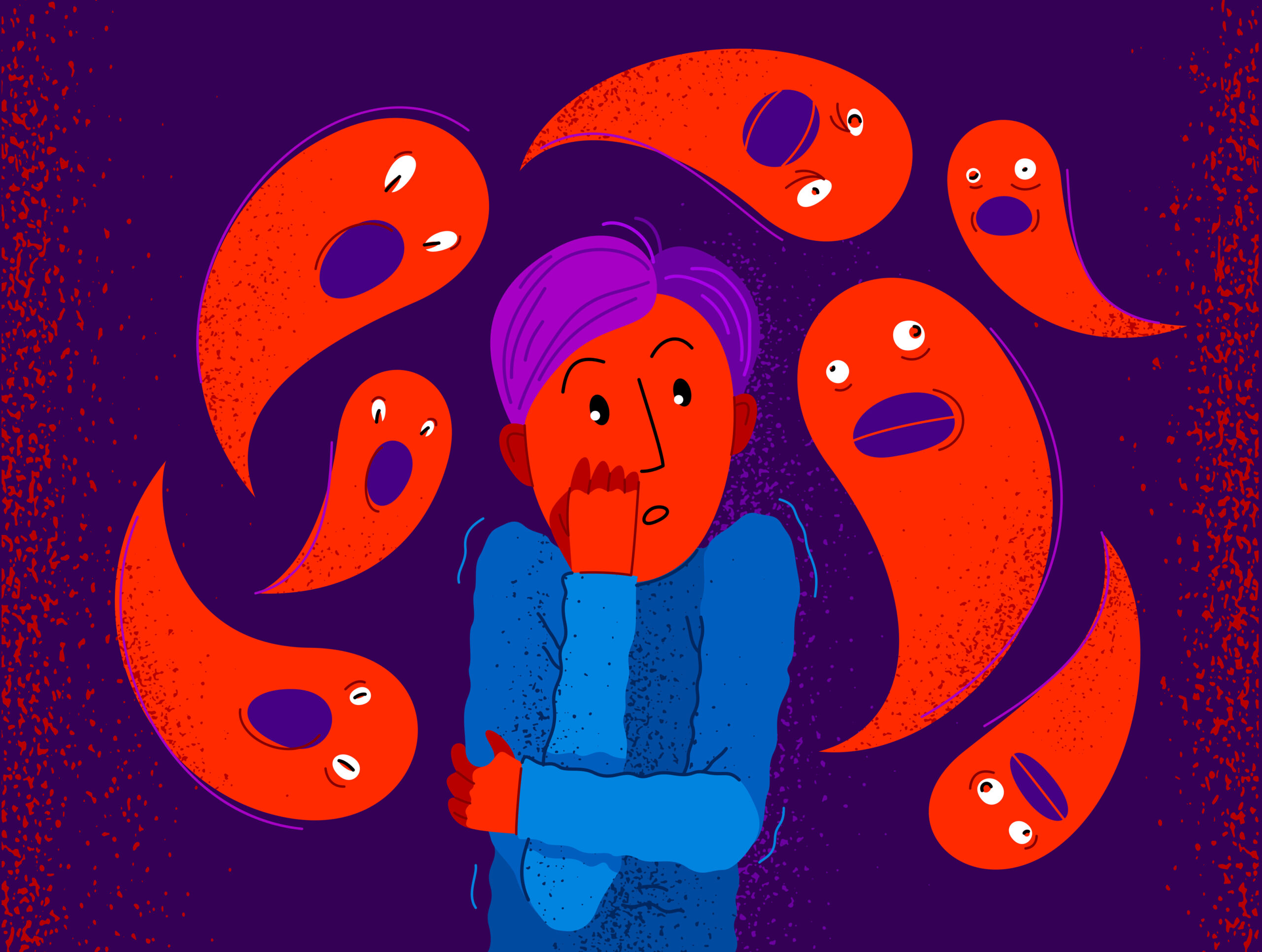How does vision typically change in your 60s, 70s, and beyond
As we move into our 60s, 70s, and beyond, our eyes naturally go through a series of changes that can affect how well we see. These changes are common and happen to almost everyone as part of the aging process.
One of the most noticeable shifts is in how well we can focus on things up close. The lens inside the eye becomes less flexible over time, making it harder to read small print or do tasks like threading a needle. This condition is called presbyopia, and it’s why many people start using reading glasses in their 40s or 50s—but it continues to progress as we get older[5].
Another change is that our eyes become more sensitive to light and glare. The pupil doesn’t open as wide as it used to, which means less light gets into the eye. This makes seeing in dim lighting more difficult and can make bright lights feel harsher than before[5]. You might notice you need more light for reading or that driving at night becomes trickier.
The risk for certain eye diseases also increases with age. Cataracts—a clouding of the lens—are very common in older adults and can cause blurry vision or faded colors[1][5]. Glaucoma damages the optic nerve, often without early symptoms, but if left untreated it can lead to vision loss[1][5]. Age-related macular degeneration (AMD) affects central vision needed for reading and recognizing faces; this is one of the leading causes of vision loss among seniors[2][5]. Diabetic retinopathy is another concern for those with diabetes; high blood sugar levels over time damage blood vessels in the retina[1].
Vision problems aren’t just about seeing clearly—they impact daily life too. Poor vision increases the risk of falls among older adults because judging distances or spotting hazards becomes harder[3]. It may also affect sleep patterns; some studies show that people with visual difficulties use more sleep medications than those without such issues[4].
Despite these challenges, there are ways to protect your eyesight as you age:
– **Regular Eye Exams:** Getting your eyes checked every year helps catch problems early when they’re easier to treat.
– **Healthy Lifestyle:** Eating foods rich in vitamins C and E (like leafy greens), wearing sunglasses outdoors, not smoking, managing chronic conditions like diabetes all help keep your eyes healthier longer.
– **Adaptive Tools:** Magnifiers for reading books/menus/medicine bottles help compensate when close-up work gets tough.
Remember: while some degree of change is normal with aging—and even expected—many issues are manageable if caught early enough through regular care from an optometrist or ophthalmologist who specializes in senior health needs! [1][2][5]





